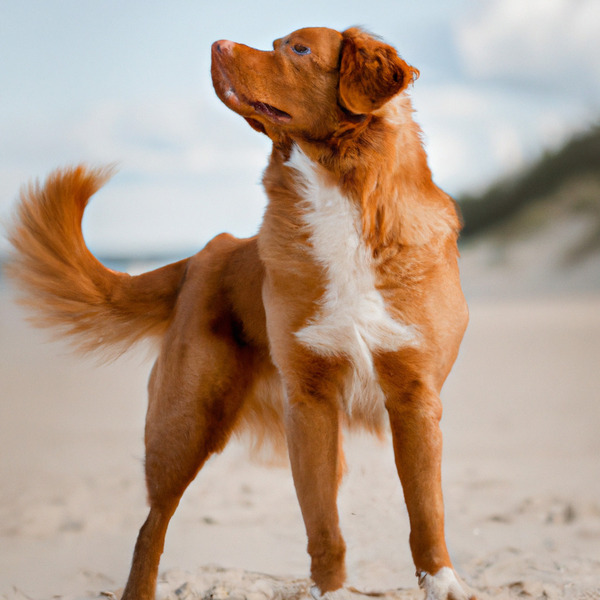Nova Scotia Duck Tolling Retriever vs. Pinweiler: Breed Differences and Similarities
Hypoallergenic
Are Nova Scotia Duck Tolling Retrievers or Pinweilers hypoallergenic, or neither?
Unfortunately, neither Nova Scotia Duck Tolling Retriever nor Pinweiler are hypoallergenic, which may not make them the best choice for dog lovers who suffer from pet allergies.
Temperament
What are the personalities of Nova Scotia Duck Tolling Retriever and Pinweiler dogs?
Affectionate
Courageous
Gentle
Responsive
Alert
Energetic
Playful
Playful
Independent
Energetic
Protective
Alert
Courageous
Intelligent
Friendly
Outgoing
Responsive
Loyal
Fearless
Good-natured
Clever
Shedding Level
Do Nova Scotia Duck Tolling Retrievers shed more than Pinweilers, or which breed sheds more, Nova Scotia Duck Tolling Retrievers or Pinweilers?
Nova Scotia Duck Tolling Retriever or Pinweiler dogs are not heavy shedders, but they will lose a significant amount of hair each year. To decrease the amount of shedding, you can regularly brush your Nova Scotia Duck Tolling Retriever or Pinweiler. This will remove loose hair and keep their coat growing in the same direction.
Origin
What is the origin of Nova Scotia Duck Tolling Retriever and Pinweiler dog breeds?
Canada
United States
Ancestry
What are the origins of Nova Scotia Duck Tolling Retriever and Pinweiler breeds?
Cocker Spaniels, farm Collies, Irish Setters
Rottweiler, Miniature Pinscher
Date of Birth
When were Nova Scotia Duck Tolling Retriever and Pinweiler breeds first developed?
19th Century
1990s
Eye Color Possibilites
What are the eye colors of Nova Scotia Duck Tolling Retriever and Pinweiler dogs?
Hazel
Brown
Amber
Brown
Nose Color Possibilites
What are the natural nose colors of Nova Scotia Duck Tolling Retriever and Pinweiler?
Black
Brown
Black
Coat Color Possibilites
What are the natural colors of the coat for Nova Scotia Duck Tolling Retriever and Pinweiler breeds?
Red
Black
Brown
Fawn
Coat Length
What is the typical coat length for Nova Scotia Duck Tolling Retriever and Pinweiler breeds?
Nova Scotia Duck Tolling Retrievers have medium-length coats.
Pinweilers have coats that can be either short or medium in length.
Coat Density
What is the density of the coat of Nova Scotia Duck Tolling Retriever and Pinweiler?
Coat Texture
What is the hair texture of Nova Scotia Duck Tolling Retriever and Pinweiler?
Straight
Litter Size
What is the usual litter size for Nova Scotia Duck Tolling Retriever and Pinweiler?
A Nova Scotia Duck Tolling Retriever can have a litter of 12-14 puppies on average. However, it's worth noting that the size of the litters can vary greatly. Factors that can influence litter size include the health of the mother, breeding history, and genetics.
A Pinweiler can have a litter of 8-12 puppies on average. However, it's worth noting that the size of the litters can vary greatly. Factors that can influence litter size include the health of the mother, breeding history, and genetics.
Adaptability
Nova Scotia Duck Tolling Retrievers are highly adaptable and versatile, making them excellent companions for families and individuals of all lifestyles.
Pinweilers are known for their adaptability and can adjust well to different environments and lifestyle changes.
Health Issues
Between Nova Scotia Duck Tolling Retriever and Pinweiler, which breed is more prone to health problems?
Nova Scotia Duck Tolling Retrievers typically have low vet costs due to their good health, but it's important to monitor their health and seek vet care when necessary.
While the Pinweiler breed is generally healthy, occasional vet check-ups are still necessary to address any health concerns.
Major Concerns
What are the major health concerns for Nova Scotia Duck Tolling Retriever and Pinweiler breeds?
Hip Dysplasia
Progressive Retinal Atrophy (PRA)
Hip And Elbow Dysplasia
Aortic Stenosis
Gastric Dilation Volvulus (GDV) or Bloat
Minor Concerns
What minor health issues should be kept in mind when owning Nova Scotia Duck Tolling Retriever and Pinweiler?
Collie Eye Anomaly (CEA)
Entropion
Color Dilution Alopecia
Lymphoma
Occasional Tests
What occasional tests are recommended for Nova Scotia Duck Tolling Retriever and Pinweiler breeds?
OFA
CERF
Hearing Tests
Eye Examination
Skin Evaluation
Blood Analysis
Internal Imaging (x-ray, CT scan, MRI, etc.)
DNA for VWD
Social Needs
Nova Scotia Duck Tolling Retriever vs Pinweiler social needs comparison
Nova Scotia Duck Tolling Retriever has above average social needs and thrives with interaction with humans and other dogs.
Pinweiler has very high social needs and requires regular mental and physical stimulation, a job or purpose, and companionship.
Sleeping Need
Which of the two sleeps the most/least: Nova Scotia Duck Tolling Retriever or Pinweiler?
Nova Scotia Duck Tolling Retrievers are active and require sufficient sleep to stay healthy.
Pinweilers sleep less than other breeds but still need adequate sleep for good health.
Mouthiness
Mouthiness Comparison: Nova Scotia Duck Tolling Retriever vs Pinweiler?
Roaming urge
Nova Scotia Duck Tolling Retriever vs Labrador: Running away tendency?
Prey Drive
Nova Scotia Duck Tolling Retriever or Pinweiler - which breed has a higher level of prey drive?
Past times
What are some enjoyable activities and ways to keep Nova Scotia Duck Tolling Retriever and Pinweiler entertained?
Fetch, Bike ride, Dog Parks, Walk, Run
Off-leash, Snuggling, Play
Activity Level
Which breed has higher energy, Nova Scotia Duck Tolling Retrievers or Pinweilers?
Nova Scotia Duck Tolling Retriever and Pinweiler are high-energy dogs that require a lot of mental and physical exercise. Without proper stimulation and attention, these breeds can become problematic. If you're considering these breeds, be prepared to invest time and effort in their exercise and training.
Tolerance of being left alone
Walks per Week
How many miles should Nova Scotia Duck Tolling Retriever or Pinweiler walk each week?
There's really no limit to how far you walk your dog as long as they're comfortable. For Nova Scotia Duck Tolling Retriever, it's at least 10 miles / week. Just remember to build distance and stamina gradually over time.
There's really no limit to how far you walk your dog as long as they're comfortable. For Pinweiler, it's at least 16 miles / week. Just remember to build distance and stamina gradually over time.
Activity per Day
Do Nova Scotia Duck Tolling Retrievers or Pinweilers require more exercise?
In general most Nova Scotia Duck Tolling Retrievers usually need at least 60 minutes of exercise daily. This can be spread across the day and include all sorts of high-energy activities, like walking, running and playing.
In general most Pinweilers usually need at least 90 minutes of exercise daily. This can be spread across the day and include all sorts of high-energy activities, like walking, running and playing.
Grooming
Which breed is easier to maintain in terms of grooming, Nova Scotia Duck Tolling Retrievers or Pinweilers?
The Nova Scotia Duck Tolling Retriever has low grooming needs and is easy to maintain.
The Pinweiler is a low-maintenance breed that doesn't require much grooming.
Brushing Frequency
What is the recommended brushing frequency for Nova Scotia Duck Tolling Retriever and Pinweiler dogs?
Nova Scotia Duck Tolling Retriever and Pinweiler should be brushed at least once a week. Of course, you can give them more frequent brushes if you find that they are still shedding a lot.
Brushing Tools
What brushing tools are used for Nova Scotia Duck Tolling Retrievers and Pinweilers?
Pin Brush
Dematter
Comb
Nail Clipper
Pin Brush
Slicker Brush
Nail Clipper
Cups
How much food should be given to Nova Scotia Duck Tolling Retriever or Pinweiler in cups?
For an average 44-51 pound (20 - 23 kg) Nova Scotia Duck Tolling Retriever feed 2.3 cups daily. But, keep in mind, the amount you feed is going to be dependent on the quality of the food you are feeding.
For an average 40-60 pound (18 - 27 kg) Pinweiler feed 3.5 cups daily. But, keep in mind, the amount you feed is going to be dependent on the quality of the food you are feeding.
Daily Cost
Which breed has a higher daily cost, Nova Scotia Duck Tolling Retriever or Pinweiler?
The average cost of a Nova Scotia Duck Tolling Retriever is somewhere $1.70 - $2.00 per day.
The average cost of a Pinweiler is somewhere $3.40 - $4.50 per day.
Monthly Cost
Which breed has a higher monthly cost, Nova Scotia Duck Tolling Retriever or Pinweiler?
The average per month expenses of a Nova Scotia Duck Tolling Retriever is between $48 - $63. This makes an average of $576 - $756 per year. It will be on the higher side when the dog is still small because it will need more frequent visits to the vet, shots.
The average per month expenses of a Pinweiler is between $101 - $134. This makes an average of $1212 - $1608 per year. It will be on the higher side when the dog is still small because it will need more frequent visits to the vet, shots.
Sensitivity Level
How do Nova Scotia Duck Tolling Retriever and Pinweiler compare in sensitivity?
Nova Scotia Duck Tolling Retrievers have average emotions and adapt well to different situations.
This breed is sensitive to its environment and best suited for patient and understanding families with a consistent routine.
Apartment Friendly
Which breed is more apartment-friendly: Nova Scotia Duck Tolling Retriever or Pinweiler?
Nova Scotia Duck Tolling Retrievers are good apartment dogs as long as they get enough exercise and stimulation outside of the apartment.
The Pinweiler is a great apartment dog, thriving with sufficient exercise and time outside as part of their daily routine.
Child Friendly
Do Nova Scotia Duck Tolling Retrievers or Pinweilers have a friendlier temperament towards children?
Nova Scotia Duck Tolling Retrievers make excellent family pets for kids due to their gentle, protective nature and calm temperament.
Pinweilers have an average level of friendliness towards children.
Senior-friendly
Which dog is more suitable as a pet for the elderly - Nova Scotia Duck Tolling Retriever or Pinweiler?
Cat Friendly
Do Nova Scotia Duck Tolling Retriever or Pinweiler breeds have a better compatibility with cats?
Nova Scotia Duck Tolling Retrievers and Pinweilers are an average cat friendly dog. They do well with cats, even more if raised together from puppyhood.
Dog Friendly
Which breed is more sociable with other dogs: Nova Scotia Duck Tolling Retriever or Pinweiler?
Nova Scotia Duck Tolling Retrievers are generally very friendly towards other dogs, with a happy and affectionate temperament.
Pinweilers are less friendly towards other dogs, but can improve with socialization.
Pet friendly
How do Nova Scotia Duck Tolling Retriever or Pinweiler dogs interact with other pets?
Stranger Friendly
Which breed is more friendly with strangers: Nova Scotia Duck Tolling Retriever or Pinweiler?
They can be below average friendly around strangers, being keen of eye and sharp of tongue, and very quick to announce strangers at the door. Once the visitor comes in, some Nova Scotia Duck Tolling Retriever and Pinweiler may be friendly and outgoing, while others can be standoffish or suspicious towards strangers.
Playfulness
Which breed is more playful between Nova Scotia Duck Tolling Retriever and Pinweiler?
Nova Scotia Duck Tolling Retrievers are very playful, so adopting an older one might be a better option for a more relaxed experience.
Pinweilers are a playful breed that needs daily playtime to be happy.
Trainability
How do the trainability levels of Nova Scotia Duck Tolling Retrievers and Pinweilers compare?
Nova Scotia Duck Tolling Retriever and Pinweiler dogs are known for their ease of training and ability to learn quickly, making them a popular choice for pet owners and trainers alike.
Compare Nova Scotia Duck Tolling Retriever with other breeds
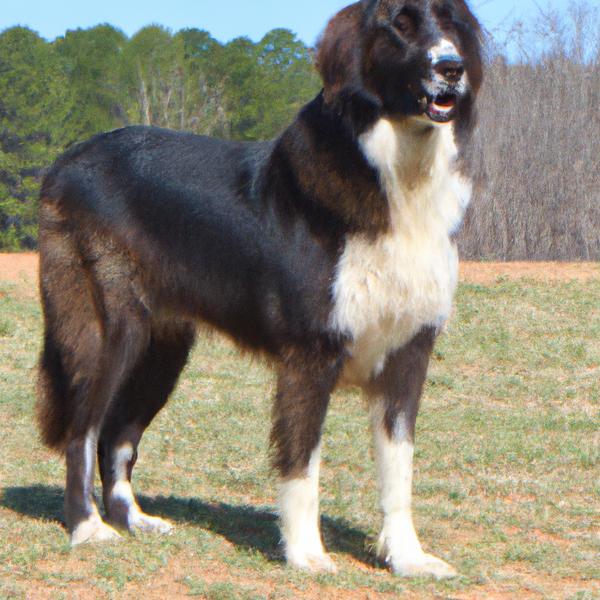
Mastapeake
Nova Scotia Duck Tolling Retriever vs Mastapeake

Belgian Tervuren
Nova Scotia Duck Tolling Retriever vs Belgian Tervuren

Hanover Hound
Nova Scotia Duck Tolling Retriever vs Hanover Hound
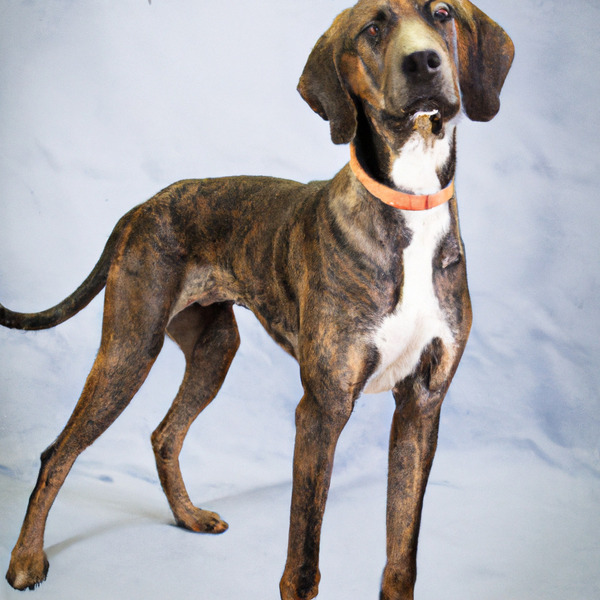
Plott Hound
Nova Scotia Duck Tolling Retriever vs Plott Hound

Cursset
Nova Scotia Duck Tolling Retriever vs Cursset

Italian Greyhound
Nova Scotia Duck Tolling Retriever vs Italian Greyhound
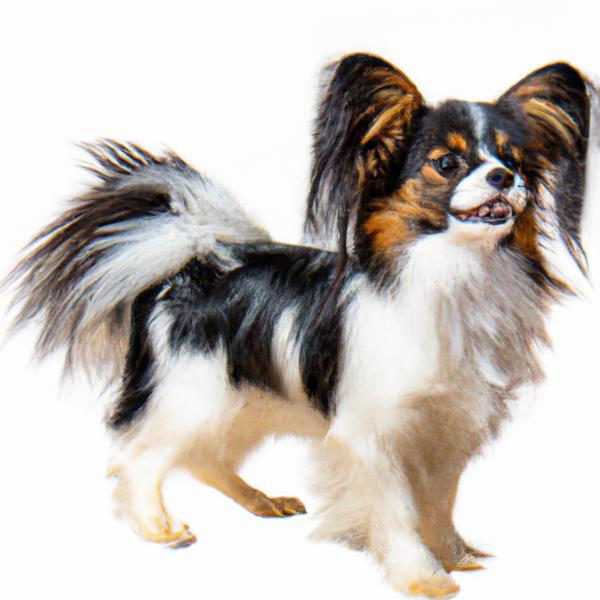
Miniature Ausseippet
Nova Scotia Duck Tolling Retriever vs Miniature Ausseippet

Yorkshire Terrier
Nova Scotia Duck Tolling Retriever vs Yorkshire Terrier

Jack Russell Terrier
Nova Scotia Duck Tolling Retriever vs Jack Russell Terrier

Schnorgi
Nova Scotia Duck Tolling Retriever vs Schnorgi

Engatzu Spaniel
Nova Scotia Duck Tolling Retriever vs Engatzu Spaniel
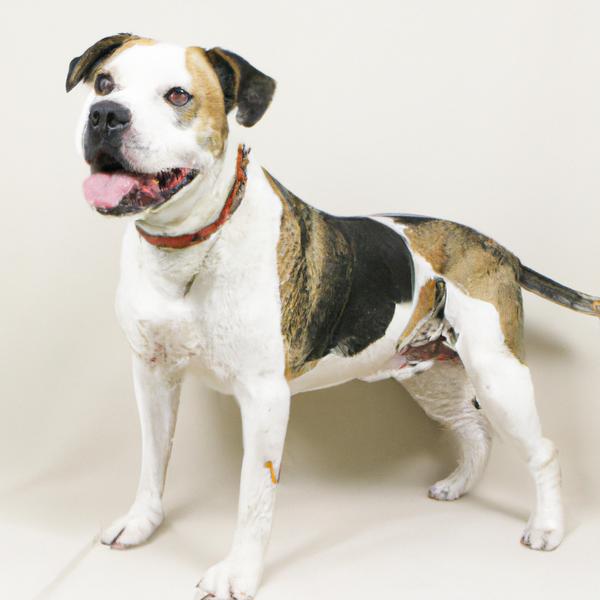
Cane Corxer
Nova Scotia Duck Tolling Retriever vs Cane Corxer
